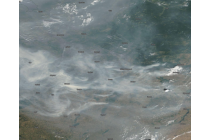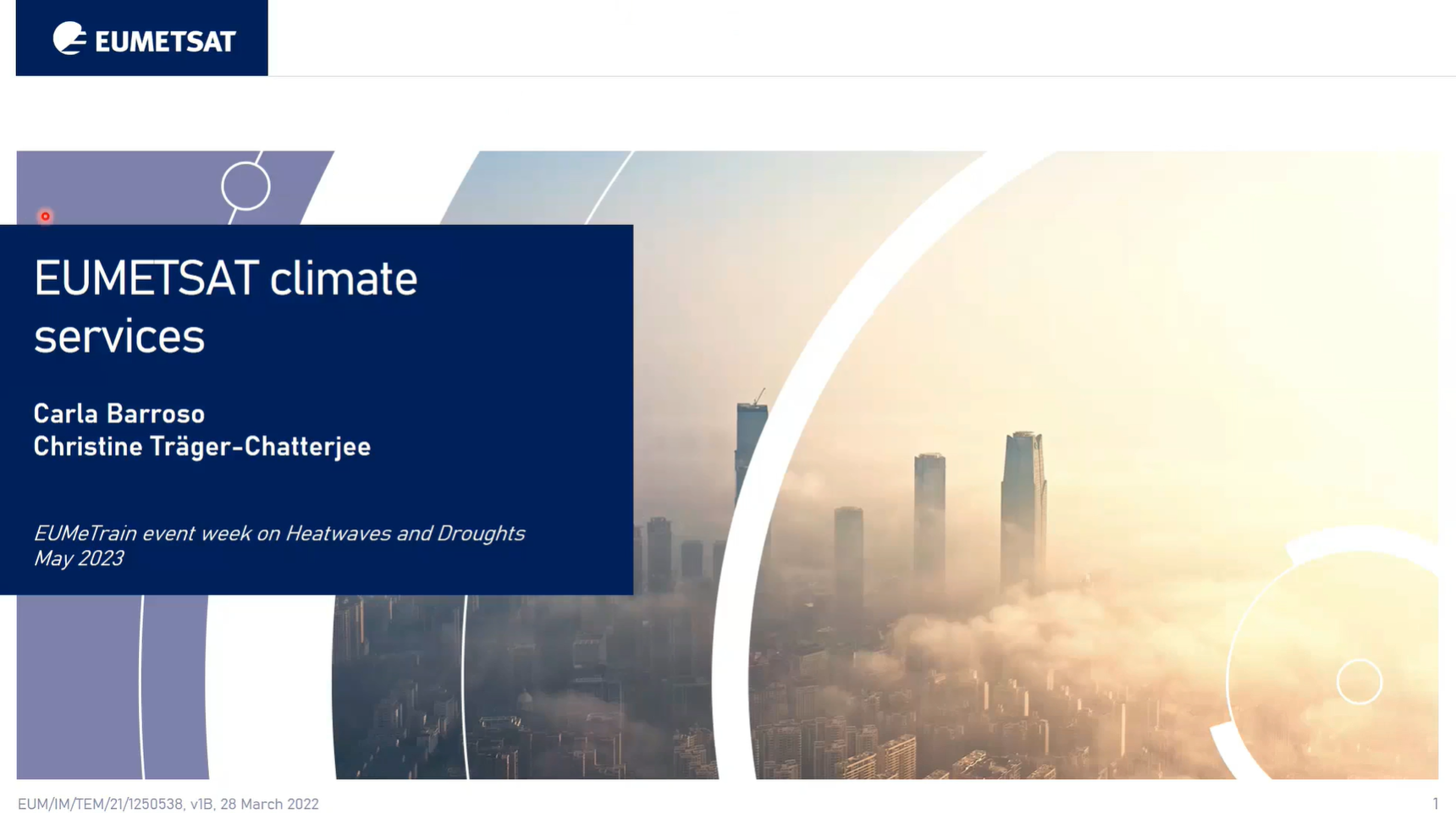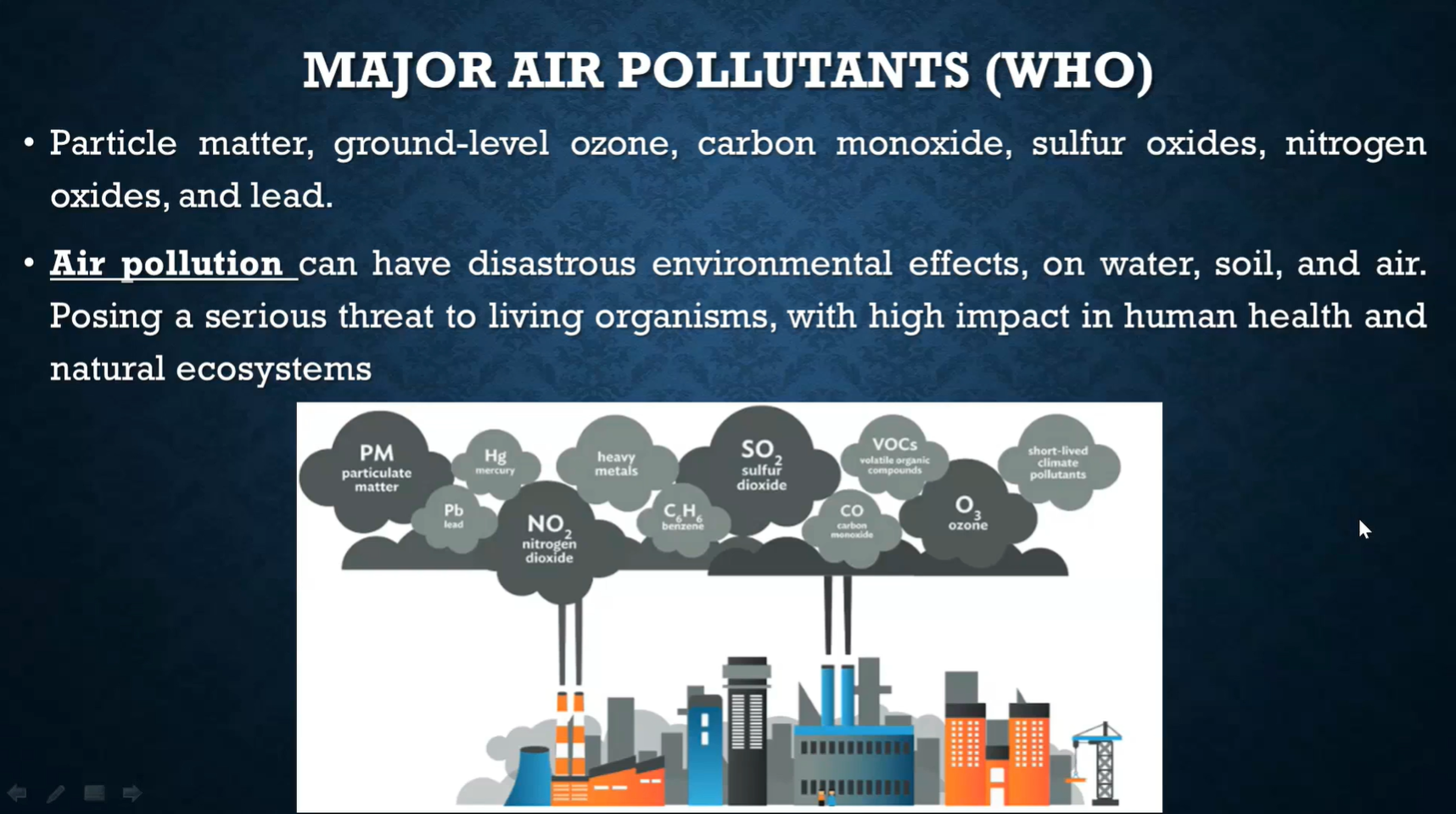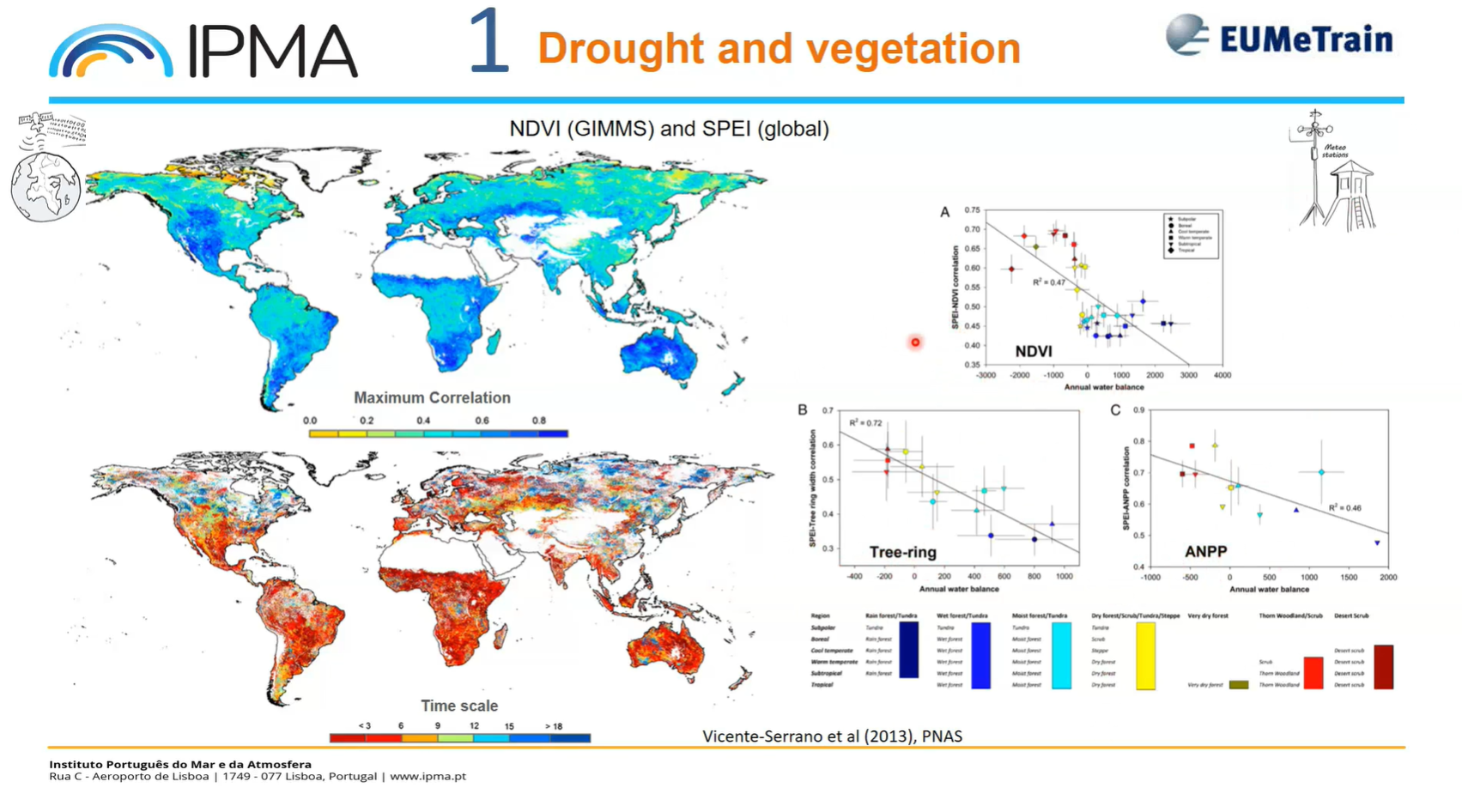Climate
Training module focusing on identification of volcanic ash and sulfur dioxide plumes from satellite imagery.
Volcanic eruptions have a severe impact on human health, economy and traffic. They regularly cause natural disasters such as tsunamis and lava flows that are difficult to predict. Volcanic eruptions emit large amounts of gases, ash, and other aerosol particles into the atmosphere. In the short term, volcanic ash plumes have serious impacts on aviation. It is, therefore, very important to monitor the extent, height and duration of such events to properly estimate the impact of eruptions at various spatial and temporal scales, using data from different instruments on different satellites.
Celia Gouveia shows the importance of monitoring the fire risk for preventive measures, as well as impact assessment.
LSA-SAF generates a large set of products for land surface characterization derived from SEVIRI on board Meteosat Second Generation (MSG). The availability of such datasets in Near Real Time (NRT) allows a continuous monitoring of the situation before, during and after wildfire. The monitoring of the situation during the fire season relies on the fire risk mask (FRM) disseminated daily and with 5 days in advance. The severity of the occurred events is assessed by means of Fire Radiative Power. Post fire conditions over burned areas and the assessment of the impact of fire events on vegetation regeneration is assessed by means vegetation products.
Lecture slides
Federico Fierli shows how to use satellite imagery for observing aerosol.
Aerosol particles are a key component of weather and climate atmospheric system. Satellite offer the unique advantage to provide a global view with a long-term continuity. We will explore the methods to retrieve aerosol burden with the associated uncertainties for several cases as dust plumes and wildfire emissions. The presentation addresses the data chain from retrieval using different orbital geometries, spectral regions and geophysical products to advanced products as Climate Data Records to the assimilation process.
Lecture slides
Learn how to detect areas covered with snow, ice or cloudy areas.
In this module you will be able to identify geographical features and surface characteristics and conditions through images and satellite products. Although surface features are not the main purpose of meteorological forecasting, being able to identify and distinguish them from atmospheric features can be useful.
To access the resource click here.
Learn how to identify hotspots.
In this module you will be able to identify geographical features and surface characteristics and conditions through images and satellite products. Although surface features are not the main purpose of meteorological forecasting, being able to identify and distinguish them from atmospheric features can be useful.
To access the resource click here.
Learn how to identify areas of drought and heatwaves.
In this module you will be able to identify geographical features and surface characteristics and conditions through images and satellite products. Although surface features are not the main purpose of meteorological forecasting, being able to identify and distinguish them from atmospheric features can be useful.
To access the resource click here.
Tiago Ermitão covers practical application of studying impacts of heatwaves and droughts on the carbon cycle, namely vegetation productivity losses.
Droughts and heatwaves have become more frequent and severe over the last years as a consequence of climate change. These events result in water stress conditions to vegetation, affecting photosynthesis and respiration from plant to ecosystem scales, impacting the net carbon balance of ecosystems. This lecture will provide insights on the impacts of climate extreme events on vegetation function and the carbon cycle, showcasing examples on how these impacts can be detected using remote sensing products how Earth System and other models can be used to project future impacts of extreme events on the Carbon cycle.
Ana Bastos presents about extreme climate event impact on carbon cycle and vegetation.
Droughts and heatwaves have become more frequent and severe over the last years as a consequence of climate change. These events result in water stress conditions to vegetation, affecting photosynthesis and respiration from plant to ecosystem scales, impacting the net carbon balance of ecosystems. This lecture will provide insights on the impacts of climate extreme events on vegetation function and the carbon cycle, showcasing examples on how these impacts can be detected using remote sensing products how Earth System and other models can be used to project future impacts of extreme events on the Carbon cycle.
Carla Barroso gives insight into EUMETSAT climate data records and services.
The presentation will give an overview on EUMETSAT’s efforts to provide climate data records based on satellite measurements and how EUMETSAT supports the work of climate services through this. Focus will be on satellite products provided by EUMETSAT and the different Satellite Application Facilities (SAFs). During the presentation participants will learn how the creation of climate data records is different from creating a near-real-time product and why EUMETSAT and the SAFs invests in this. Links to further information and learning material will be included.
Ana Russo and Rita Durão talk about heatwave impact on air quality, pollutants and evaluation of air quality.
Heatwaves often lead to low air quality levels. Very high to extreme temperatures combined with stagnant air conditions increase air pollutants concentrations, such as tropospheric ozone. This effect might be emphasized when drought conditions also occur, which contributes to increasing fire danger and decreasing air quality levels too. Air pollution impacts on health are consequently an important issue, together with the drawbacks on ecosystems. This lecture will provide insights into the detection, monitoring, and evaluation of air quality impacts, using among others, remote sensing products.
Bostjan Muri talks about using LSA SAF data and vegetation anomalies for drought monitoring.
In this presentation, we explore numerous real world applications of the use of LSA SAF data. Our focus is identifying heatwaves and droughts based on satellite data. Vegetation anomalies can be particularly helpful for drought monitoring. These show cases are selected in order to highlight the benefits of specific applications using LSA SAF data and its added-value when compared with other existing sources of observations (either satellite or meteorological stations) as well as model output.
Célia Gouveia presents about heatwave and drought impacts on crops and vegetation.
The frequency and intensity of extreme hot and dry events have increased worldwide, particularly over the past couple of decades. The interaction between co-occurring drought and hot conditions is often particularly damaging to vegetation and crop's health and may cause crop failure. This lecture will provide insights on the impacts of compounded and separated dry and hot extremes on vegetation activity, and crop production and yield. Examples of the detection, monitoring and evaluation of such impacts using remote sensing products will be shown.










